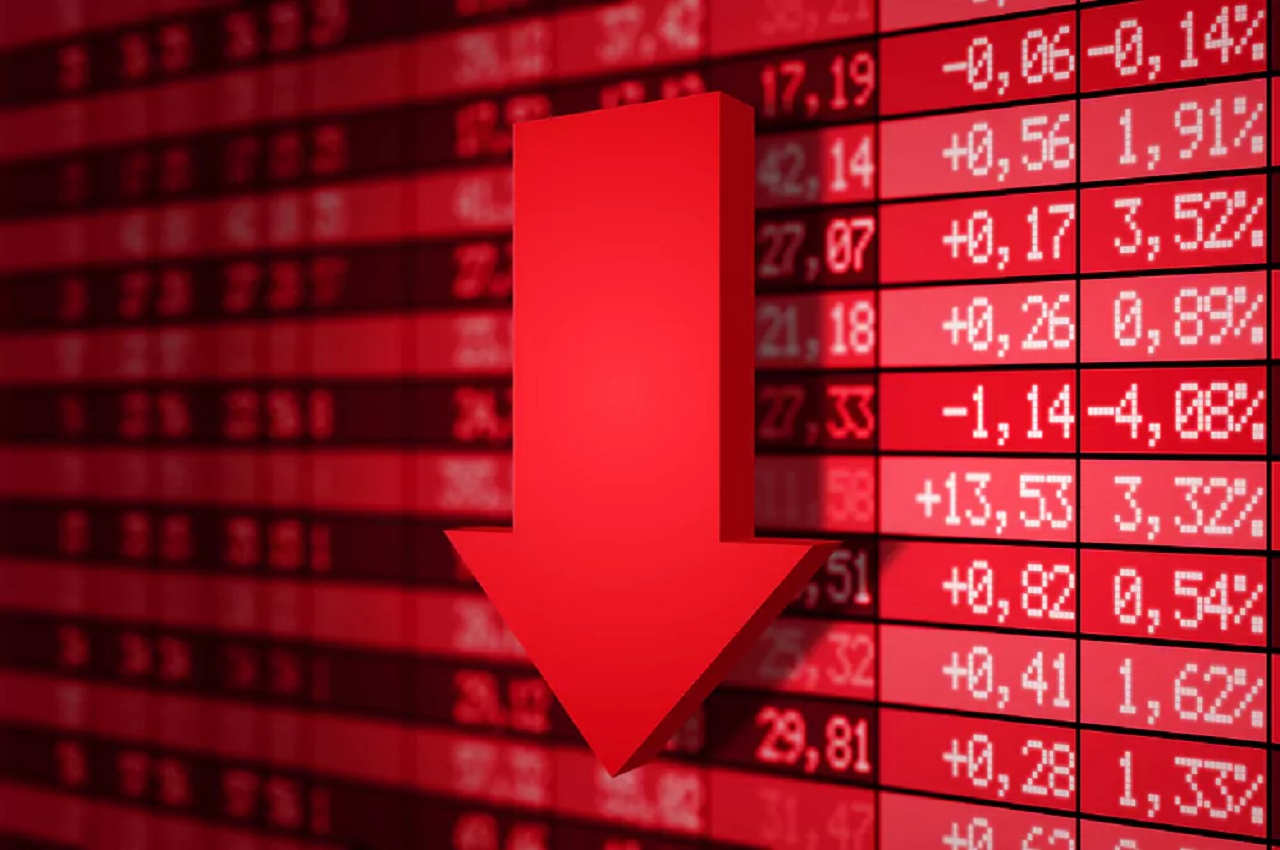Bitcoin Struggles Amid Market Uncertainty
Bitcoin (BTC) continues to linger in a state of stagnation, failing to ignite trader enthusiasm as discussions around its valuation intensify. Currently priced just above $98,000, many analysts suggest that Bitcoin may indeed be overvalued, particularly in light of recent findings from CryptoQuant.
CryptoQuant’s analysis places Bitcoin’s fair value between $48,000 and $95,000, indicating that the current market price is significantly higher than this range. Furthermore, the firm’s Bitcoin Network Activity Index has experienced a notable decline of 15% from its peak in November, dropping to 3,760 points—the lowest level seen in over a year. This downturn correlates with a staggering 53% reduction in daily transactions, which have plummeted to 346,000 from a record high of 734,000 in September.
Since rebounding from a recent dip early Monday, BTC has struggled to maintain momentum above the $100,000 mark. Market sentiment appears to be dampened, largely due to the Trump administration’s sluggish progress in establishing its proposed Bitcoin strategic reserve. Interestingly, Eric Trump has recently advocated for investments in Bitcoin through the family-affiliated World Liberty Financial, yet this endorsement has not sparked any significant upward movement in the market.
In stark contrast, gold is currently basking in investor attention. The precious metal has surged over 9% year-to-date, reaching a record high of $2,882 per ounce, according to data from TradingView. With a notable 2.32% increase just this week, gold seems poised for its sixth consecutive weekly gain. Analysts at UBS attribute gold’s rise to its “enduring appeal as a store of value and hedge against uncertainty,” effectively drawing investors away from the lackluster performance of Bitcoin.
Focus on Nonfarm Payrolls
This upcoming Friday, all eyes will be on the anticipated nonfarm payrolls (NFP) report, which aims to provide insights into the employment landscape for January. Estimates tracked by FXStreet suggest a slowdown in job additions, projecting an increase of only 170,000 jobs, down from December’s 256,000. The unemployment rate is expected to hold steady at 4.1%, with average hourly earnings forecasted to rise by 0.3% month-on-month, mirroring December’s growth.
Should the NFP data fall short of expectations, it could prompt traders to reassess the likelihood of accelerated Federal Reserve rate cuts, potentially driving down the 10-year Treasury yield. This scenario could, in turn, stimulate demand for riskier assets such as stocks and Bitcoin. Conversely, robust data, particularly amidst ongoing tariff threats, would likely complicate matters for the Fed and could lead to increased risk aversion among investors.







